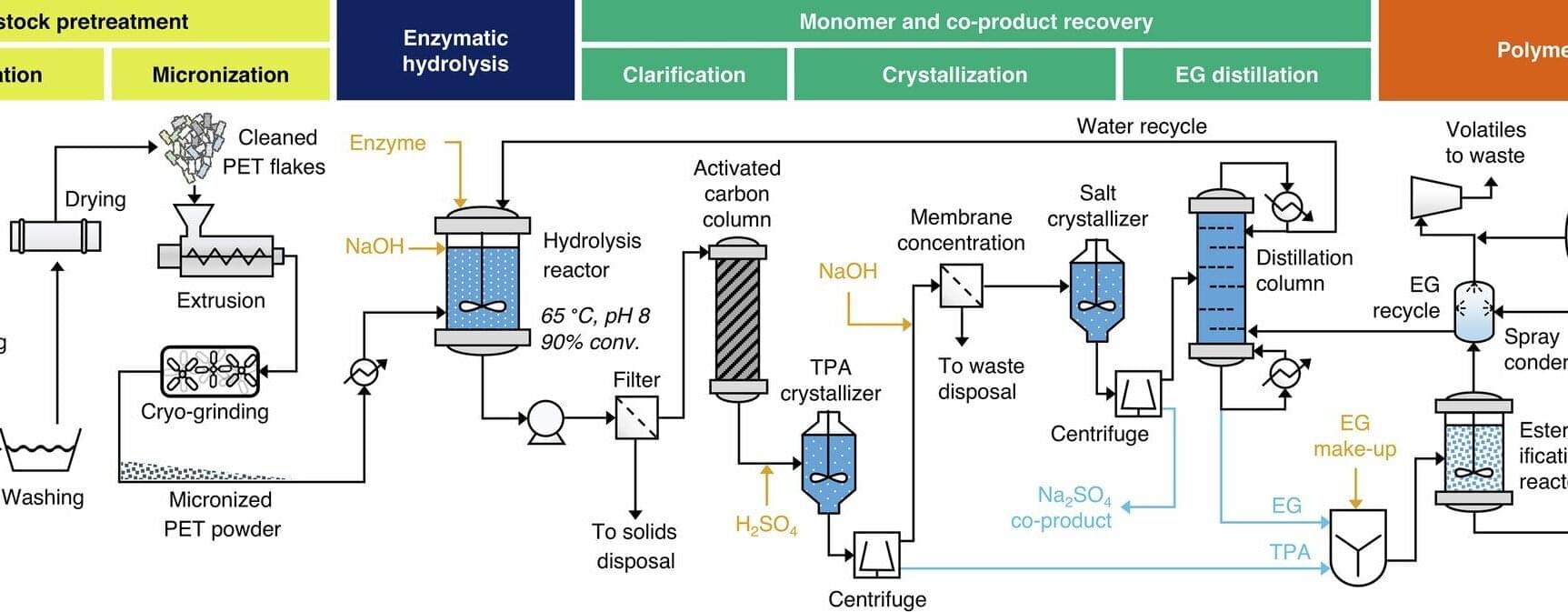In the year 2,525, humans, post-humans, and new species navigate a vast and vibrant future. Join us as we explore the lives, dreams, and struggles of a trillion-strong civilization.
Watch my exclusive video Antimatter Propulsion: Harnessing the Power of Annihilation — https://nebula.tv/videos/isaacarthur–… Nebula using my link for 40% off an annual subscription: https://go.nebula.tv/isaacarthur Get a Lifetime Membership to Nebula for only $300: https://go.nebula.tv/lifetime?ref=isa… Use the link gift.nebula.tv/isaacarthur to give a year of Nebula to a friend for just $30. Visit our Website: http://www.isaacarthur.net Join Nebula: https://go.nebula.tv/isaacarthur Support us on Patreon: / isaacarthur Support us on Subscribestar: https://www.subscribestar.com/isaac-a… Facebook Group:
/ 1,583,992,725,237,264 Reddit:
/ isaacarthur Twitter:
/ isaac_a_arthur on Twitter and RT our future content. SFIA Discord Server:
/ discord Credits: Life in 2525 A.D. Episode 500; May 22, 2025 Written, Produced & Narrated by: Isaac Arthur Editors: Merv Johnson II & Thomas Owens Graphics: Anthrofuturism Jarred Eagley Jeremy Jozwik Ken York YD Visual Space Resources CGI Udo Schroeter Select imagery/video supplied by Getty Images Music Courtesy of Epidemic Sound http://epidemicsound.com/creator Chris Zabriskie, “Unfoldment, Revealment”, “A New Day in a New Sector” Taras Harkavyi, “Alpha and…” Stellardrone, “Red Giant”, “Billions and Billions” Sergey Cheremisinov, “Labyrinth” 0:00 Intro 0:35 Dinner & Tales of the Future (Story Arc) 7:36 The Captain’s Concerns (Story Arc) 16:37 Episode 500 28:36 Antimatter Propulsion 30:08 On Colonizing Gas Giants and Energy Economics 44:45 Voyage Interrupted.
Get Nebula using my link for 40% off an annual subscription: https://go.nebula.tv/isaacarthur.
Get a Lifetime Membership to Nebula for only $300: https://go.nebula.tv/lifetime?ref=isa…
Use the link gift.nebula.tv/isaacarthur to give a year of Nebula to a friend for just $30.
Visit our Website: http://www.isaacarthur.net.
Join Nebula: https://go.nebula.tv/isaacarthur.
Support us on Patreon: / isaacarthur.
Support us on Subscribestar: https://www.subscribestar.com/isaac-a…
Facebook Group: / 1583992725237264
Reddit: / isaacarthur.
Twitter: / isaac_a_arthur on Twitter and RT our future content.
SFIA Discord Server: / discord.
Credits:
Life in 2525 A.D.
Episode 500; May 22, 2025
Written, Produced \& Narrated by: Isaac Arthur.
Editors: Merv Johnson II \& Thomas Owens.
Graphics:
Anthrofuturism.
Jarred Eagley.
Jeremy Jozwik.
Ken York YD Visual.
Space Resources CGI
Udo Schroeter.
Select imagery/video supplied by Getty Images.






